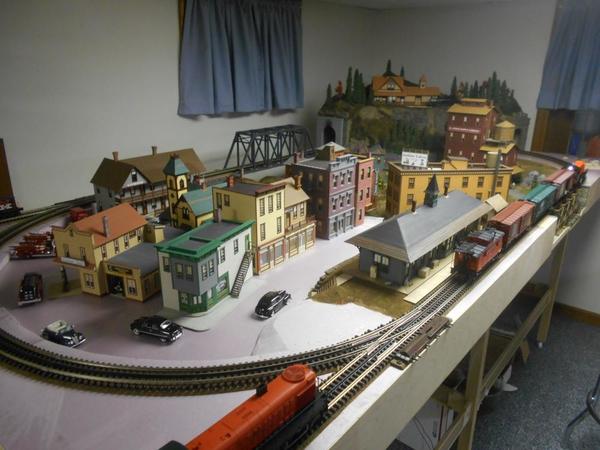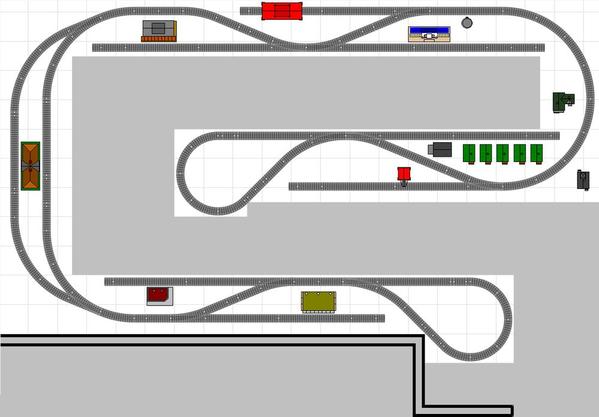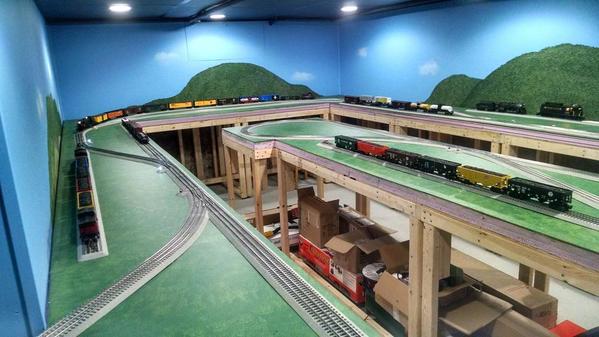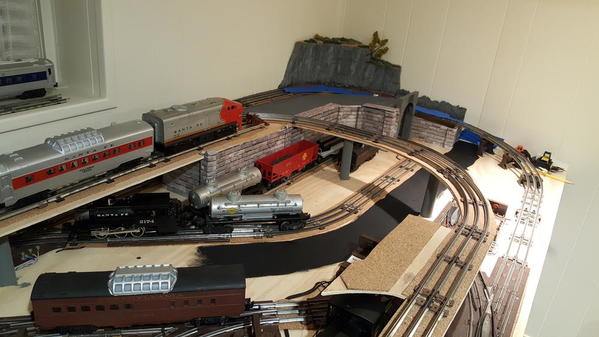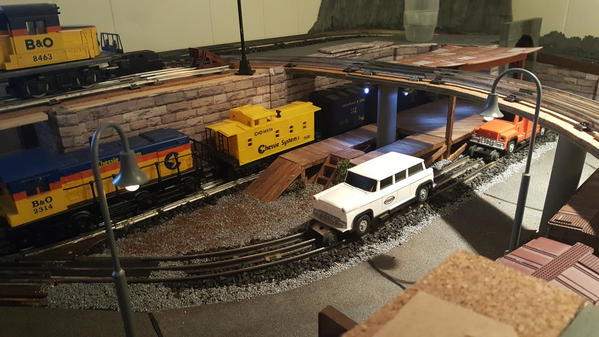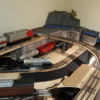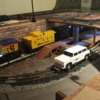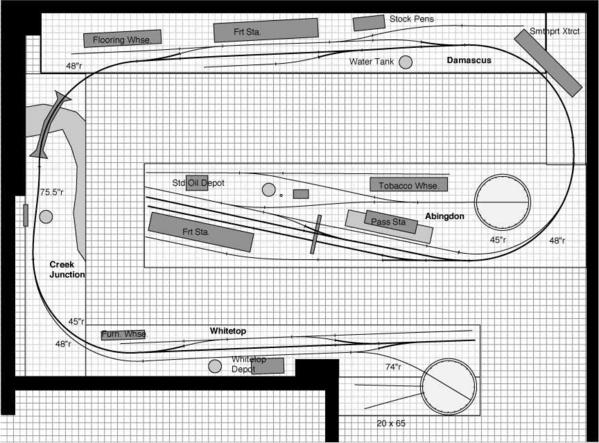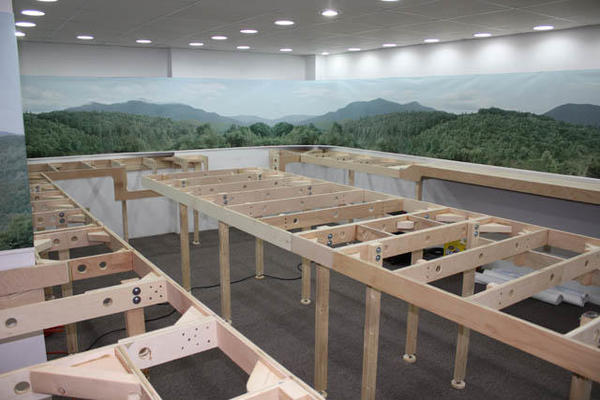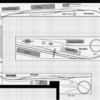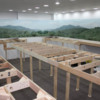Regardless of the trackplan, a display layout can quickly become boring. When I first started out in the hobby, I built a few layouts in 3 rail. It took a couple of tries for me to realize that once I had the track down, wired, and tested, I began to loose interest. I would get the feeling of “is this all there is?”
Then I started to learn about operations, meaning some way to use the trains to simulate moving freight from place to place, ie switching cars and trains having a job to do.
My suggestion is to set up a simple operating scheme with a interchange or two and some other industries. An interchange is simply a track defined as a connection to another railroad, or a larger/different part of the same RR. It is the connection from your RR to the outside world. So you define an interchange and then you designate some industrial tracks. The basic operation is to move cars between the interchange and the industries.
It is easy to develop a simple operating system using car cards. Car cards are simply small (3x5 or smaller) cards with pockets attached. You create a car card for each car on the layout with the car number and reporting marks, and car type. Then you create a bunch of waybills. The waybills are smaller cards that fit in the pockets on the car cards. You put the name of an industry one side of the waybill and the name of an interchange (or another industry) on the other side of the waybill. It is probably a good idea to also include the car type since different industries use different car types You make many more waybills for each car type than car cards. Some fellows color code the waybills by car type. Store the waybills by car type.
Now to get started you place your cars around the layout, roughly the same number on the interchanges as the total on the industrial tracks. Randomly pull waybills for each car card and put them in the pockets. The waybills for the cars on the interchange should have the side visible naming an industry on the layout. The ones that industries should have the side showing an interchange or another industry. The layout is now set up for the first session.
The basic operation is to get an engine and a caboose (if your RR uses them), and run to the interchange. There pick up the cars on the interchange and make up your train. You can arrange it (block the cars) in the order you want to service the industries, or not. Then run the train around the layout and set out and pickup the cars at each industry on the layout. Finally run the train back to the interchange and set out the cars picked up and return the engine and caboose to engine house if you have one. The run itself may just be to the other side of a loop.
To set up the next operating session, pull the waybill on each car at an industry, turn it over so the return destination is visible, and replace it. Then pull the waybills from each car on the interchange and replace them with new ones (randomly drawn) that specify a new destination. The RR is ready for the next session, and if you did sort of randomly draw the waybills from the stacks, it should be different from the one you just did. In other words, the cars will go to different industries.
My first “operating” layout had about 12-15 cars on it and 6-8 industries. I used a simple operating scheme such as described. I had two interchanges, one for the PRR and one for the C&O. I think one was 3 cars and the other held 4 cars. It took me almost an hour to run a train as described above.
Now I wrote that the track plan was not important. But to do this, it is nice to have a double ended siding where the locomotive can run around the train, so you can work sidings in either direction.
“Operations” can make the layout much more interesting and reduce potential boredom.




